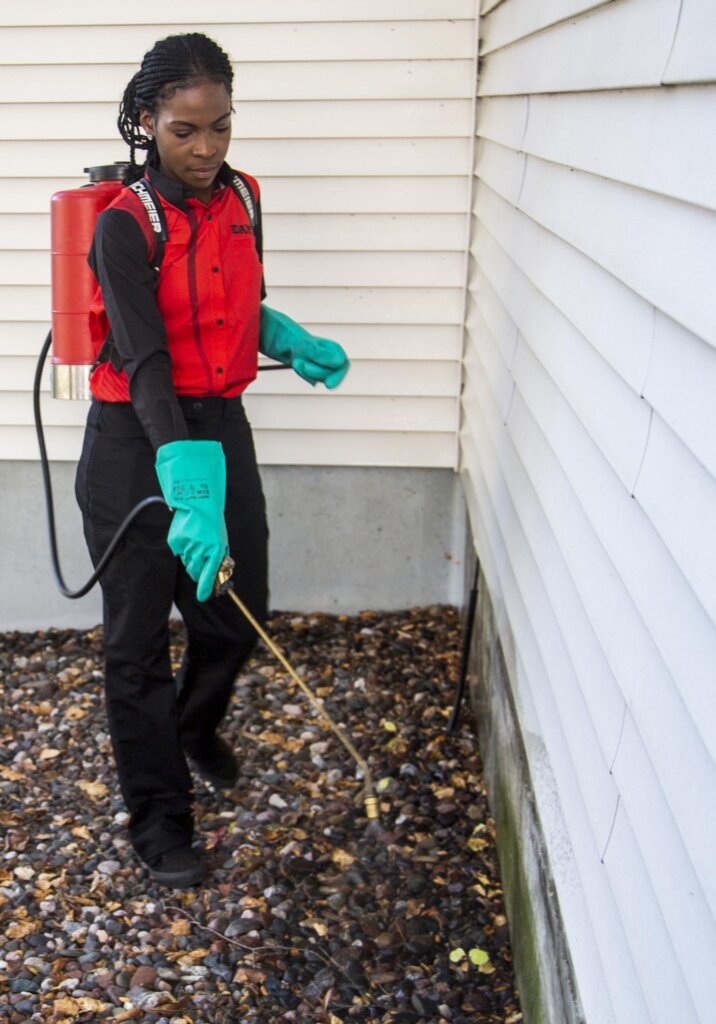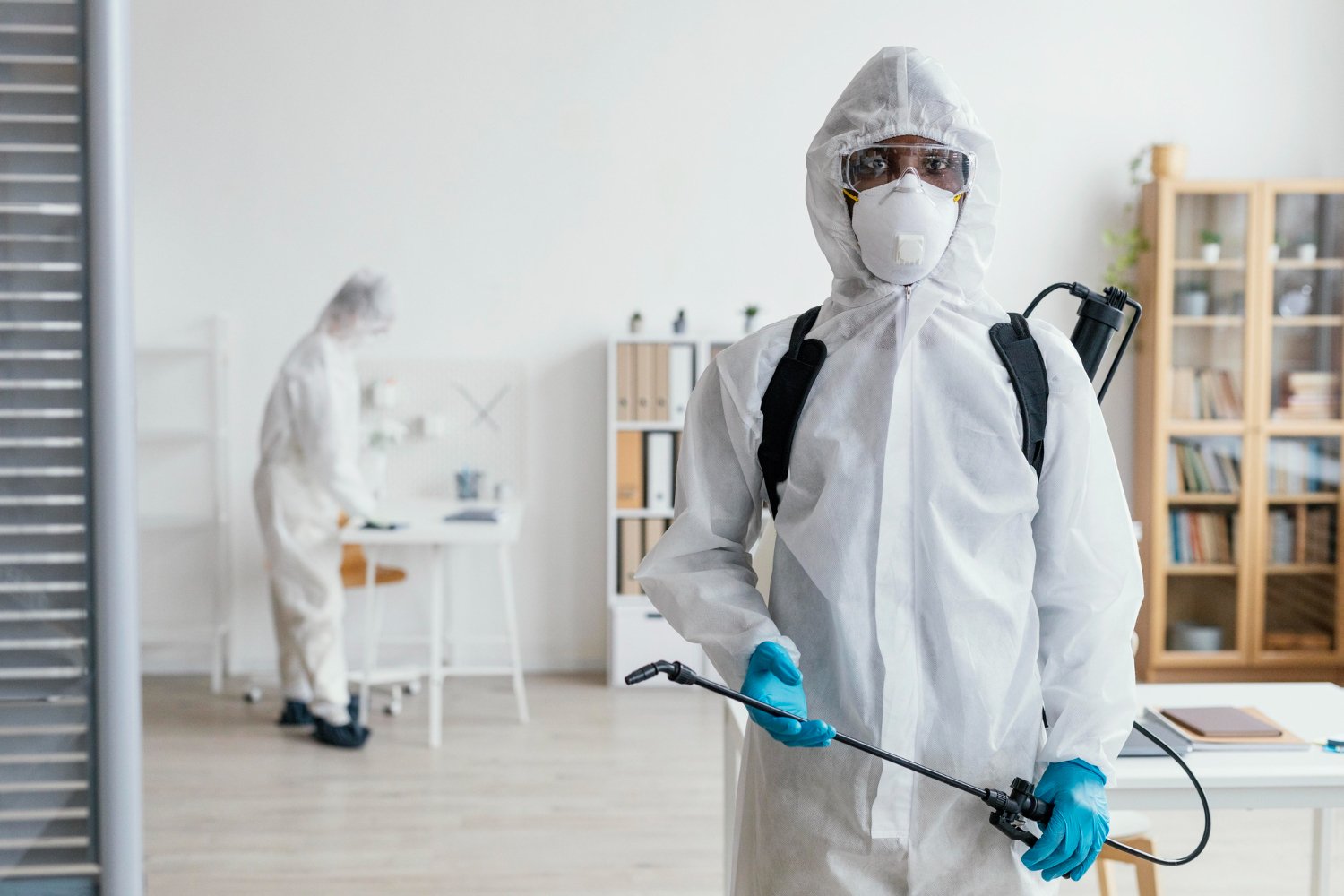Discovering Infestation and Therapy Techniques worldwide of Insect Control
The landscape of pest control incorporates a myriad of challenges, specifically as infestations of usual family pests proceed to evolve. Comprehending the actions and reproductive patterns of these problems is crucial for establishing reliable treatment methods. By incorporating precautionary actions with advanced administration strategies, such as Integrated Parasite Management (IPM), house owners can much better safeguard their atmospheres. Nonetheless, the effectiveness of these methods might differ significantly based on particular conditions. What underlying elements add to the success or failing of these methods in various setups?

Common House Vermin
When it concerns managing our space, recognizing typical home parasites is critical. These bugs not only interrupt our convenience however can also posture health and wellness risks and damages residential property. The most widespread family pests consist of ants, cockroaches, rats, termites, and bed bugs.
Ants, often seen foraging in cooking areas, can pollute food and develop large swarms. Cockroaches, recognized for their resilience, can cause allergies and spread virus. Rodents, consisting of computer mice and rats, can trigger architectural damage and bring diseases like hantavirus and salmonella. Termites, commonly referred to as "silent destroyers," can endanger the integrity of wooden frameworks, resulting in expensive repairs. Bed insects, although not condition carriers, can trigger substantial discomfort with their attacks and lead to psychological distress.
Identifying the indicators of these pests, such as droppings, nests, or bite marks, is necessary for very early intervention (Pest Control Lockhart). Proper cleanliness methods, securing access factors, and keeping a clutter-free setting work preventative steps. By determining these typical family bugs and recognizing their actions, home owners can take proactive actions to minimize problems, ensuring a healthier living setting
Recognizing Parasite Infestations
Parasite problems can rise swiftly, transforming a minor inconvenience into a significant problem otherwise resolved without delay. Comprehending the nature of these invasions is important for efficient management. Pests can attack property and industrial spaces for numerous factors, including the search for food, sanctuary, or breeding grounds. Usual aspects contributing to problems consist of poor hygiene, architectural vulnerabilities, and seasonal adjustments that drive bugs inside.
Determining the kind of insect is essential, as various varieties exhibit diverse behaviors and reproductive rates. Rats might develop nests in hidden areas while pests like roaches flourish in moist settings. Early detection typically pivots on recognizing indications such as droppings, chomp marks, or uncommon sounds, which can indicate an issue prior to it comes to be extreme.
Environmental conditions likewise play a crucial duty in pest proliferation. Warm, damp environments can promote the rapid development of parasite populaces, while changes in landscaping or construction can unintentionally produce favorable atmospheres. Consequently, normal examinations and preventative measures are paramount to mitigating the risk of infestations. An enlightened strategy to recognizing these characteristics prepares for effective pest management approaches in the future.
Treatment Approaches and Methods
Effective therapy methods and strategies are vital for mitigating parasite invasions and recovering a risk-free atmosphere. A multifaceted strategy is commonly best, including chemical, biological, and mechanical approaches tailored to the details insect and the extent of the invasion.
Chemical therapies include the usage of insecticides and herbicides, which can successfully eliminate bugs. Nonetheless, appropriate application and adherence to safety and security guidelines are important to minimize dangers to human beings and non-target microorganisms. Integrated Bug Monitoring (IPM) encourages the cautious usage of chemicals as a last hope, a fantastic read relying instead on tracking and limit degrees to establish intervention needs.
Biological control techniques include introducing natural killers or bloodsuckers to lower bug populaces. This technique is progressively popular, particularly in farming setups, as it advertises environmental sustainability.
Mechanical methods, such as catches and obstacles, supply immediate remedy for parasites without presenting chemicals. Choices include sticky catches for insects or physical obstacles for rodents.
Inevitably, the option of treatment approach must think about the specific parasite, the atmosphere, and potential impacts on human wellness and environments. A balanced mix of these techniques can effectively take care of invasions while advertising long-lasting pest control remedies.
Precautionary Measures for House
Proactively dealing with parasite issues prior to they escalate is essential for maintaining a healthy and balanced home environment my review here (Pest Control Lockhart). Applying effective safety nets can dramatically decrease the chance of infestations, eventually safeguarding both your building and well-being

Appropriate landscaping also plays an important function in prevention. Keeping shrubs and trees trimmed away from the house reduces the chances of parasites locating their means inside. In addition, make sure that drain systems are working efficiently to avoid standing water, which can reel in insects and various other bugs.
Last but not least, routine inspections are advisable. Consistently looking for indications of pest task permits very early treatment. By adopting these safety nets, homeowners can develop an atmosphere that is much less welcoming to pests, therefore improving their total lifestyle and reducing the requirement for extensive bug control interventions.
Industrial Pest Control Methods
A comprehensive strategy to commercial bug control is important for organizations aiming to preserve a secure and hygienic atmosphere. Reliable strategies include a mix of normal examinations, employee training, and the application of Integrated Parasite Management (IPM) methods.
Normal inspections enable early discovery of parasite activity, permitting prompt treatment. Organizations should establish a regular timetable for these analyses, concentrating on high-risk areas such Continue as kitchens, storeroom, and garbage disposal websites. Staff member training is just as crucial; staff ought to be informed on the indications of bug problems and the relevance of reporting them immediately.
Implementing IPM practices helps mitigate pest issues sustainably. This includes habitat alteration, such as securing access factors and minimizing mess, in addition to utilizing natural deterrents before considering chemical therapies.

In addition, teaming up with an accredited bug control supplier makes sure access to expert knowledge and innovative therapy options. This partnership can bring about personalized insect control plans customized to the certain requirements of business, reducing threats and improving overall efficiency. Eventually, a proactive and enlightened technique fosters a pest-free setting, securing both public wellness and service credibility.
Conclusion
In conclusion, effective insect control requires a thorough understanding of common household insects and their habits, combined with targeted therapy approaches. Applying preventative measures alongside treatment techniques such as Integrated Insect Management and biological control enhances the ability to reduce invasions.
Comments on “Affordable Pest Management Plans Offered by Pest Control Lockhart”